
Winter wonders in Loch Lomond & The Trossachs National Park
Tempting though it may be to stay indoors during the cold winter months, there’s still plenty to see and do in the National Park. Visiting in winter gives you the chance to appreciate the beauty of the changing seasons and enjoy a quieter experience, away from the summer crowds. Here are just a few ideas for a winter visit.
Capture the winter scenery
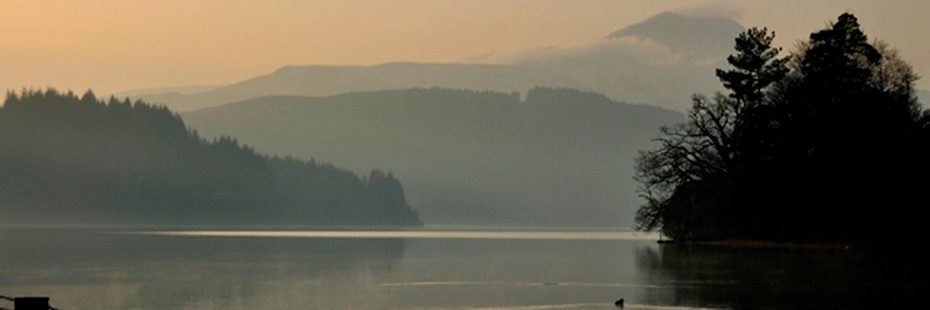
Loch Ard © Paul Barr
Winter is a popular time for photographers to visit the National Park. Despite the shorter days, you’re sure to find some atmospheric lighting and fantastic sunsets. There are 22 large lochs in the National Park, all of which take on a surreal beauty when the surrounding trees and mountains are covered in snow or frost, reflected in the loch waters. There are plenty of walking and cycling routes along loch shores where you can relax and admire the scenery. Some of our favourites include Loch Venachar, the Loch Ard Sculpture Trail and the Auchmore Circuit near Killin. So ditch the blanket, grab a camera and head outside!
Admire one of Scotland’s most famous Munros
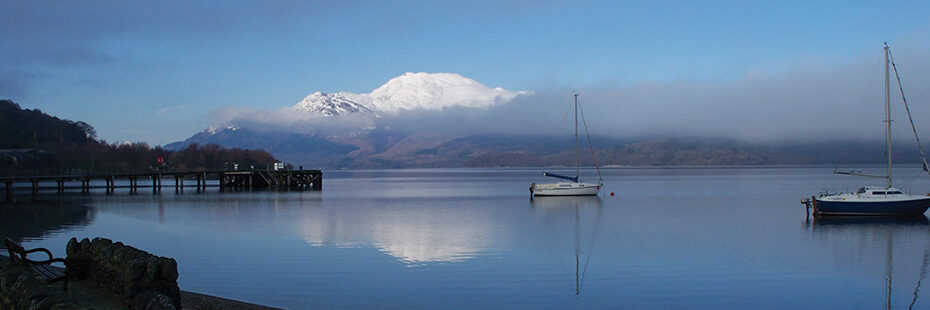
Ben Lomond from Luss
Ben Lomond, one of Scotland’s most iconic Munros, looks all the more spectacular when the peak is cloaked in snow. There are plenty of places to admire it from a distance, such as from one of the paths in the picturesque village of Luss, or from Firkin Point, a popular viewpoint on the Western shores of Loch Lomond. Of course, it is still possible to climb Ben Lomond in winter, though care should be taken and this should only be attempted by seasoned mountaineers with appropriate equipment, as summit conditions can be dangerous.
Look to the sky for the Northern Lights
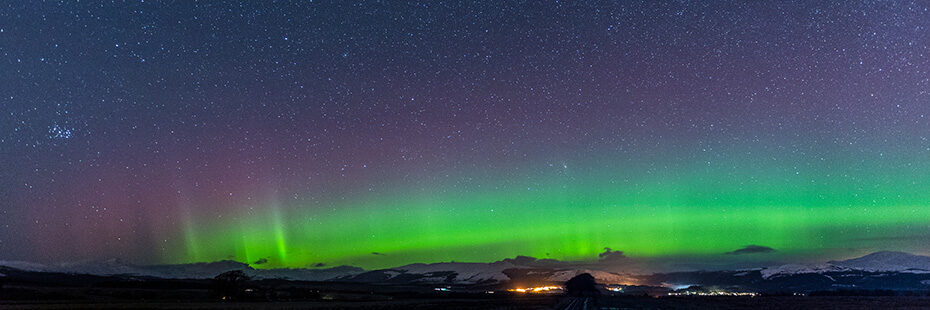
Aurora over the Trossachs © Paul Barr
Although it can’t be guaranteed, there’s a higher chance of seeing the Northern Lights (Aurora Borealis) during the winter months, when the nights are longer and darker. To be in with the best chance of spotting this dramatic natural spectacle, head to a ‘dark sky’ area of the National Park. These rural areas are so called because they have little to no urban light pollution – meaning you can see more stars with the naked eye. Areas with darker skies can be found at Loch Lomond, Lake of Menteith, Callander and more.
Explore woodland trails
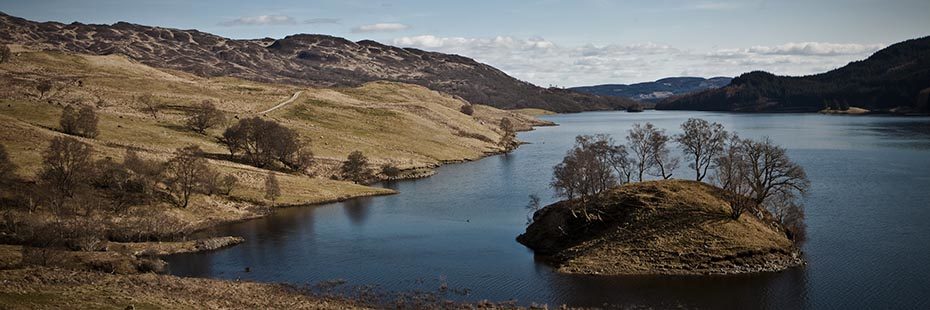
Glen Finglas in the Great Trossachs Forest
Roughly 30% of the National Park is covered in trees, so there are lots of fantastic woodland paths to explore. For a shorter stroll with great views, why not try the Gleneck viewpoint in the Argyll Forest Park? This 1-2 hour walk takes in views of a beautiful glen over to the head of Loch Eck. Another excellent vantage point can be found in Callander Crags, an ancient woodland trail offering 360° views of the Menteith Hills, Loch Venachar, Ben Ledi and the Highland Boundary Fault. For the more adventurous, there’s the famous Great Trossachs Path, a 30-mile long forest route that runs from Callander to Inversnaid. The route is split into several smaller sections, making it easy to choose an option that suits you.
Watch out for winter wildlife
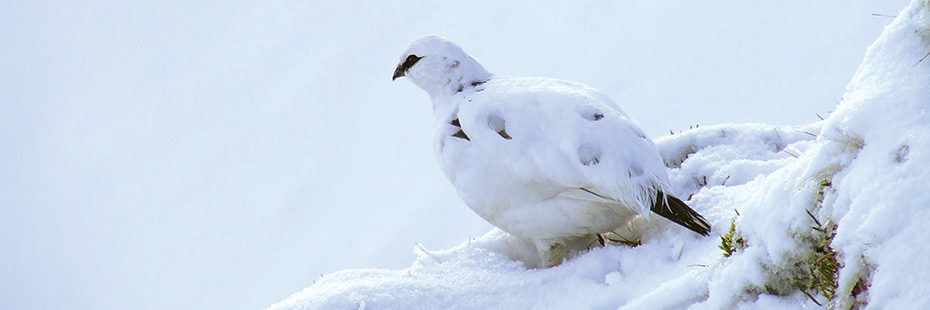
Ptarmigan
There are many species to look out for in the National Park. Keen mountaineers could be lucky enough to spot a Ptarmigan or Artic Hare, both of which dwell on high mountain tops and change their plumage/fur to white for better winter camouflage. At this time of year, you’re likely to spot red deer as they move to lower grazing. And there’s still a chance of catching a glimpse of our native red squirrels, although they are less active during the colder months. National Park Ranger Gareth captured last winter’s wildlife beautifully in this video.
Looking for something else? Visit the ‘Things to do’ section of our website for detailed itineraries and information.

